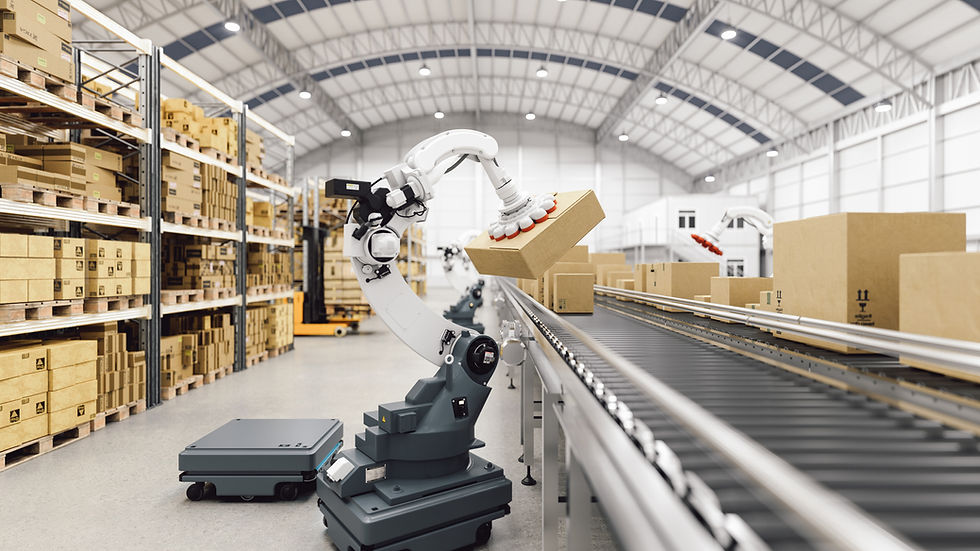Using technology to automate processes and reduce costs
- Dr. Marvilano

- Jul 16, 2019
- 2 min read
In today's fast-paced business landscape, technology plays a pivotal role in driving growth and success. One of the most significant advantages of technology is its ability to automate processes, streamline operations and reduce costs.
In this blog post, we will explore the transformative impact of automation and how businesses can leverage technology to drive efficiency and cost reduction. From workflow automation to robotic process automation (RPA) and artificial intelligence (AI), we will delve into various technological solutions that can optimize business processes, increase productivity, and ultimately lead to substantial cost savings.

Understanding the Benefits of Automation:
Automation offers numerous benefits, such as increased accuracy, reduced human errors, faster task execution, improved scalability, and enhanced employee productivity. By understanding these advantages, businesses can embrace automation with confidence.
Identifying Processes for Automation:
Begin by identifying processes that are repetitive, time-consuming, and prone to errors. These are ideal candidates for automation, as they can free up valuable human resources for more strategic tasks.
Workflow Automation:
Workflow automation involves automating the flow of tasks and data between systems and employees. By automating workflows, businesses can streamline approval processes, reduce delays, and enhance collaboration.
Robotic Process Automation (RPA):
RPA involves deploying software robots or "bots" to mimic human interactions with applications and systems. Bots can perform rule-based, repetitive tasks 24/7, eliminating the need for manual intervention and reducing operational costs.
Embracing Artificial Intelligence (AI):
AI-powered technologies, such as machine learning and natural language processing, can be integrated into various processes. AI can analyze data, predict outcomes, and make informed decisions, leading to better resource allocation and cost optimization.
Enhancing Customer Service with Chatbots:
Deploying chatbots in customer service operations can handle routine inquiries, freeing up human agents to focus on more complex customer interactions. This improves response times and enhances customer satisfaction.
Adopting Cloud Computing:
Cloud computing offers scalable and cost-efficient IT solutions. By migrating applications and data to the cloud, businesses can reduce infrastructure costs and benefit from automatic updates and maintenance.
Automating Data Entry and Processing:
Automating data entry and processing tasks can significantly reduce manual errors and improve data accuracy. This automation saves time and resources spent on data verification and correction.
Implementing Inventory Management Systems:
Inventory management systems with automation capabilities can optimize inventory levels, minimize stockouts, and reduce carrying costs. This ensures efficient use of resources and improves overall supply chain efficiency.
Optimizing Financial Processes:
Automate financial processes, such as invoicing, expense management, and payroll, to increase accuracy and reduce processing time. This results in smoother financial operations and cost savings.
Utilizing Marketing Automation:
Marketing automation tools can streamline campaign execution, lead nurturing, and customer engagement. By automating these processes, businesses can reach the right audience at the right time, leading to improved marketing efficiency and ROI.
Monitoring and Evaluating Automation:
Regularly monitor and evaluate the performance of automated processes. Analyze data and gather feedback from employees to identify areas for improvement and ensure continuous optimization.
***
Technology-driven automation has become a transformative force in modern business operations. Embracing automation not only leads to increased productivity and accuracy but also empowers businesses to allocate resources strategically, enhance customer experiences, and stay ahead in a competitive marketplace.



Comments